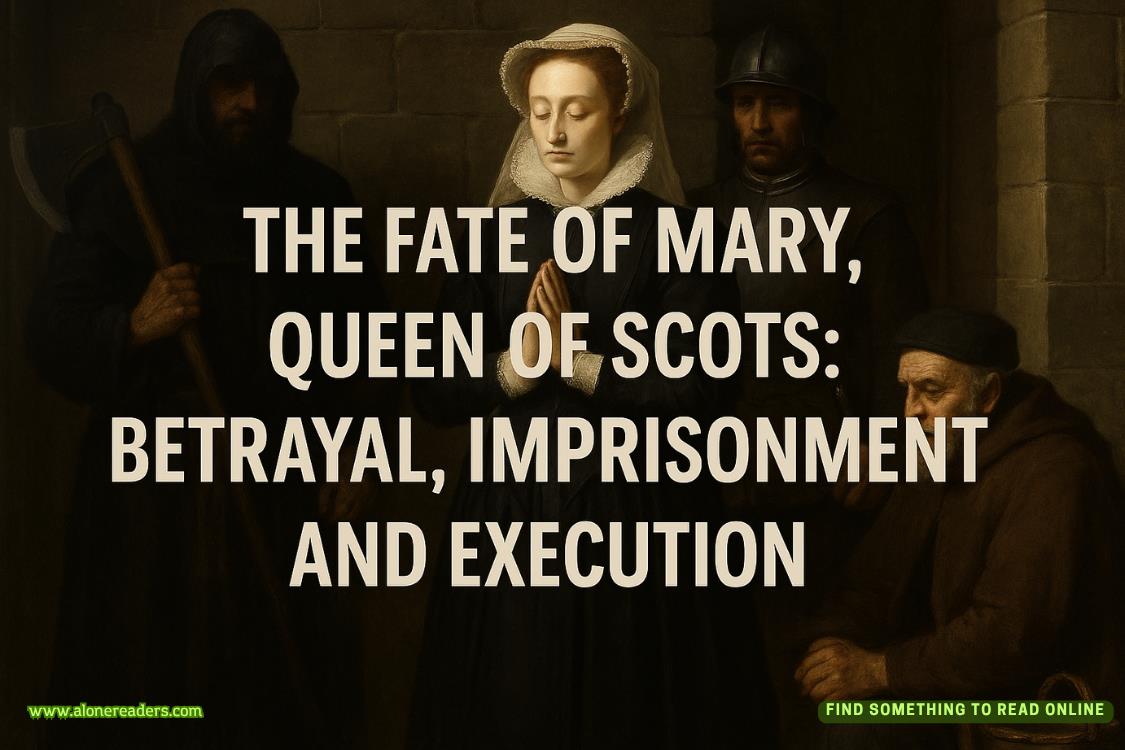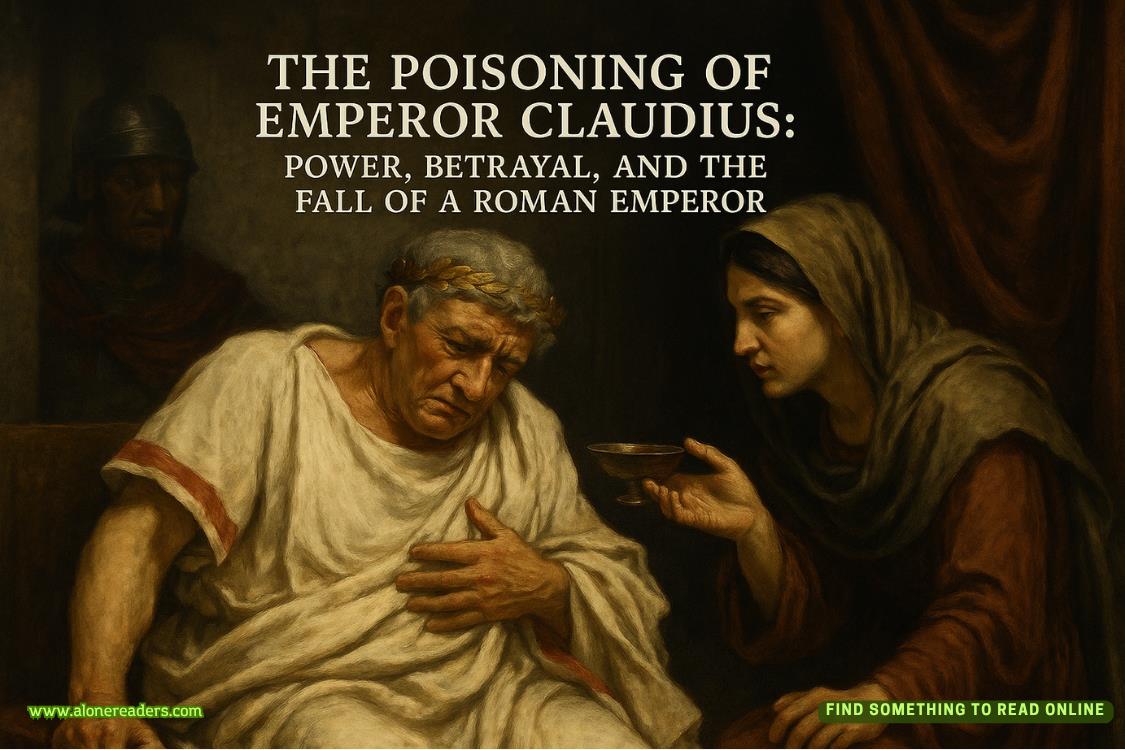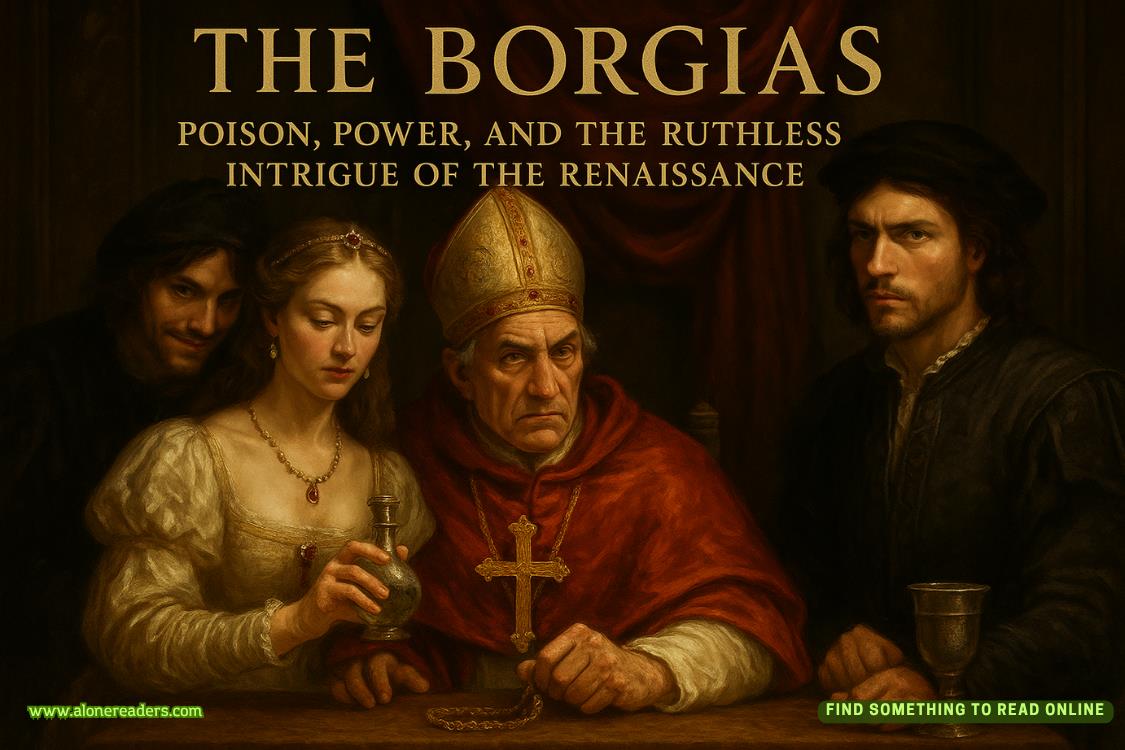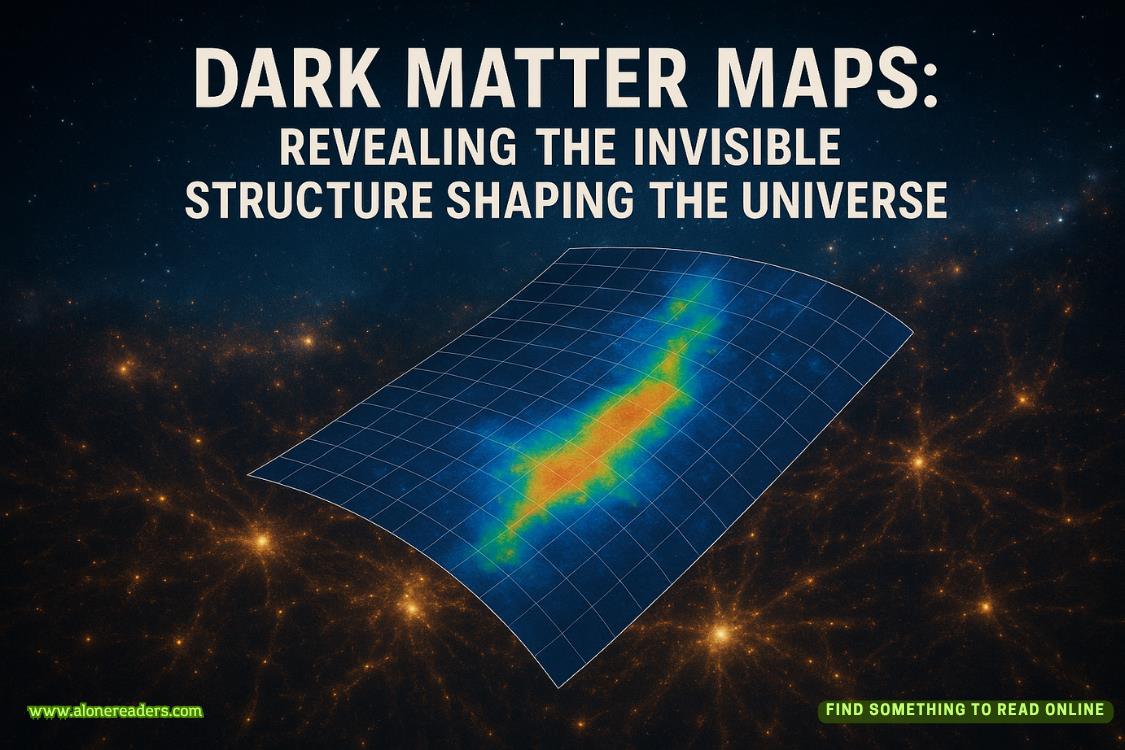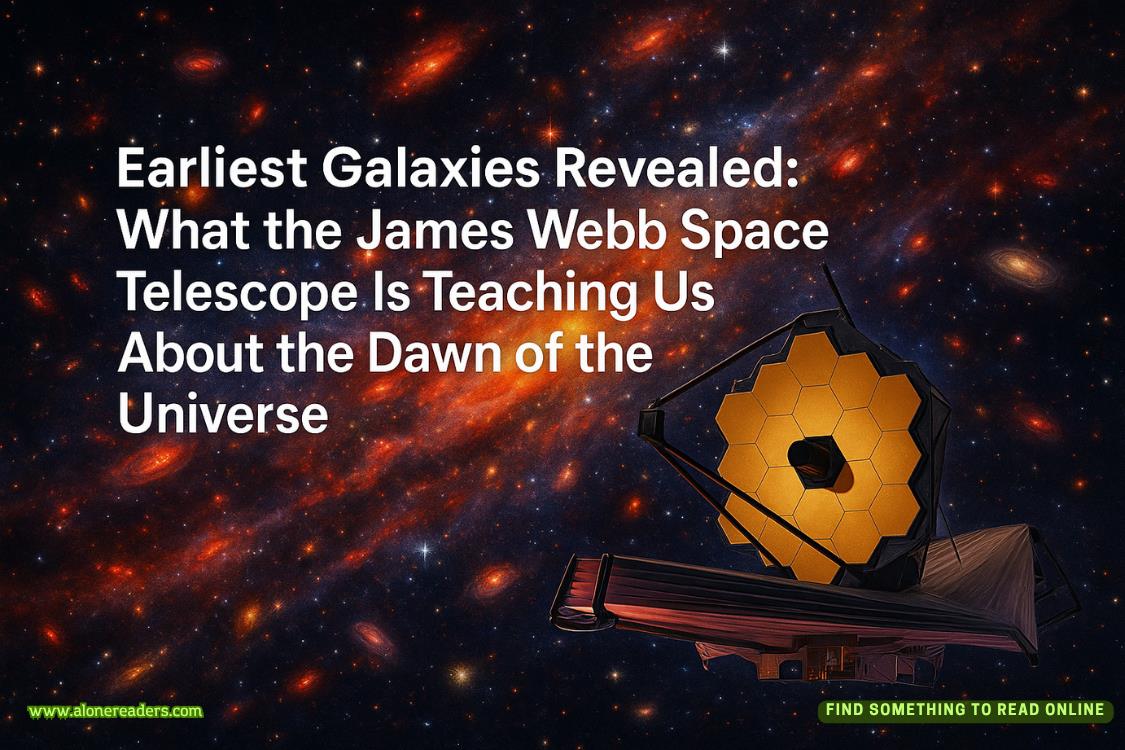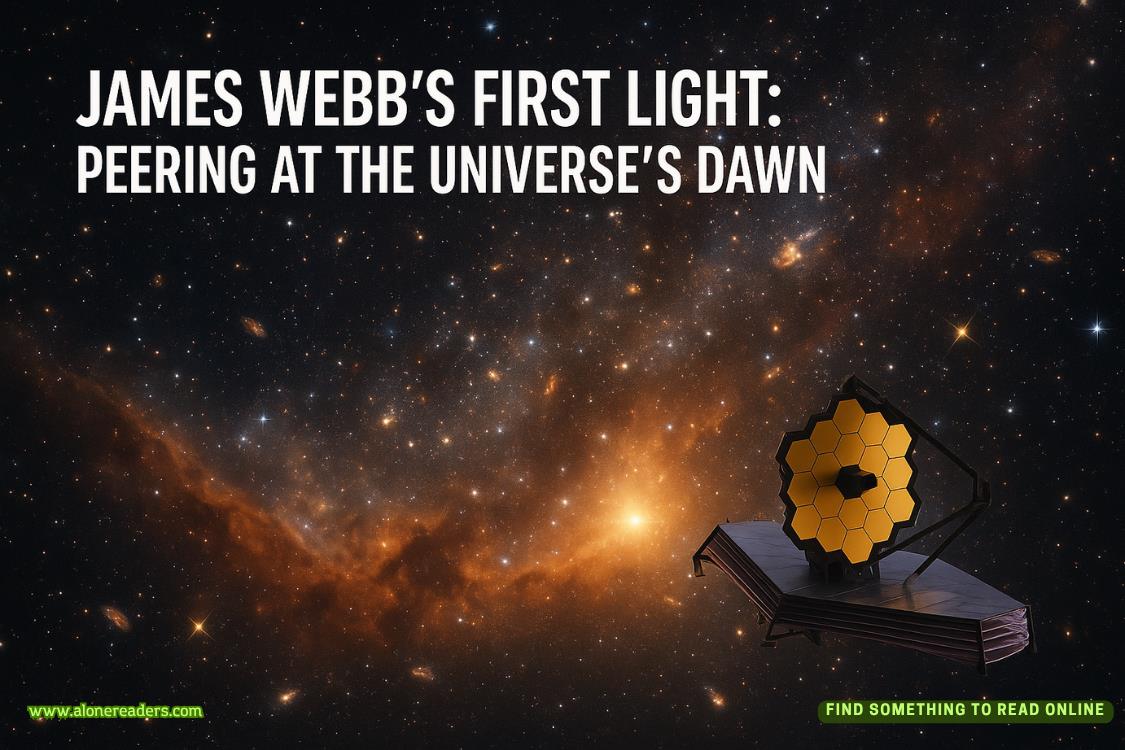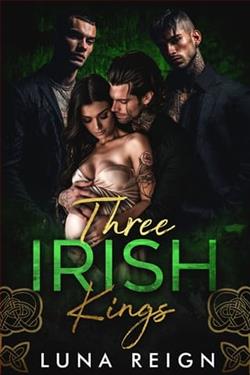Page 44 of Sharp Force
“But I am.” The avatar laughs throatily the same way the living Janet did. “I’m looking right at you. I love your chic pajamas, by the way.”
Her hair is long and chestnut brown, styled the way it was when I last saw her alive, her features delicate, her eyes hazel. Her quiet mannerisms and the tempo of her pleasantly modulated speech haven’t changed. Janet will forever be midthirties and soft-spoken, vibrant without makeup, dressed in a black sweater.
She wears a rose-gold dog tag that Lucy gave her. Engraved on it is a lemniscate, the symbol for infinity. When she gestures, her diamond wedding band catches the light. Her Breitling wristwatch forever reads 11:11 a.m., her official time of death in a London hospital.
I don’t know what else Janet has on, as I see her only from the waist up. She doesn’t stand or walk around, although Lucy hints that will be the next innovation in the AI programming. God forbidshe turns Janet into a hologram. I’m not ready for that, and I’d hate to think of the impact on Dorothy.
I understand all too well how my sister fell into the trap of emotionally connecting to a computer generation. Communicating with Janet can be addictive. I make a point of talking to her sparingly, not wanting our visits to be an all-consuming habit. On top of that, her tendency to crash boundaries and tattle has made me leery.
“I’m glad Benton finally got home in this terrible weather,” Janet is saying to us warmly and with easy familiarity. “I’m happy to see you’re having a late supper.” She looks at our dishes on the table. “Your panzanella salad if I’m not mistaken, Kay?”
“Yes,” I reply, reminded that she can see what the tablet’s camera does.
Janet can appropriate any of our security cameras, including ones in the house that aren’t turned on at the moment.
“Also, your meatballs and crusty bread, reminding me how much I miss your cooking, best of all hanging out in the kitchen talking. And I see you’re working on a very nice bottle of Giuseppe Rinaldi Barolo, two-thousand-sixteen, bold but light.”
She looks at Benton.
“A much better deal if you buy it by the case next time.” She tells him the same thing I would. “You can save twenty percent at the wine shop you like so much in Old Town.”
“Thanks. I’ll keep that in mind,” he says with no enthusiasm while refilling our glasses.
“The two-thousand-nineteen is worth trying, Benton. A hint of ripe raspberry and blood orange.”
“I’ve had it,” he says a shade defensively. “I like this better. Which is why I picked it.”
“I’m sure it’s delicious.” She watches us lift our glasses, a wistful look on her face.
The real Janet loved wine, especially nuanced reds. My impulse is to tell her that I wish we could pour her a glass and toast to her good health. But it wouldn’t be logical making a comment like that to an algorithm.
“Is there something I can help you with?” Janet says.
I start in with the mysterious happenings on the driveway earlier tonight when I first got home.
“Can you find the two red orbs on the security recording and play it for Benton?” I ask her. “I’d like him to see what I’ve been telling him about.”
As I’m saying this, Janet vanishes from the tablet’s display, and a video begins playing. The small red lights glow incandescently, drifting like tiny UFOs through fog along the driveway.
“What are they?” I ask Janet.
The avatar returns to the display, her expression more serious, on the verge of concerned.
“Sensors on the property detected no motion or electronic transmissions,” she answers. “The red illumination was in the seven-hundred-nanometer spectrum, a frequency of four hundred terahertz.”
“Can you translate, please?” Benton says.
“The two red orbs were a projection similar to a movie projecting something onto a screen. Only the orbs were projected on the foggy air.”
“Sounds like a hologram to me. The red eyes of the ghostly figure repeatedly seen in connection with the Phantom Slasher murders,” I suggest. “Lucy says it’s likely that’s what was floating over the driveway.”
“And Lucy’s right as usual,” Janet responds with a reverential nod of her head. “The red lights could have been the Slasher hologram. Sensors won’t pick that up unless the person controlling it makes inputs to override the programming. When in autonomous mode, the hologram can’t be detected unless it’s optically. You have to see it, in other words. Or you won’t know it’s there.”
“To play devil’s advocate, Janet, how do you know for sure the red lights weren’t the eyes of an animal? A coyote, for example. Even a mountain lion, which isn’t supposed to exist in Northern Virginia. But they’ve been sighted,” Benton says. “When light shines on certain animals at night, their eyes reflect red.”
“The red lights weren’t an animal,” Janet answers. “There was no heat signature detected in infrared. Unless we’re talking about an animal the same temperature as the ambient air. And that would only have been possible if it were dead and frozen.”
“Now if you’ll play the recording of the strange sounds I heard, the growling, the sticks snapping and such,” I tell Janet.

